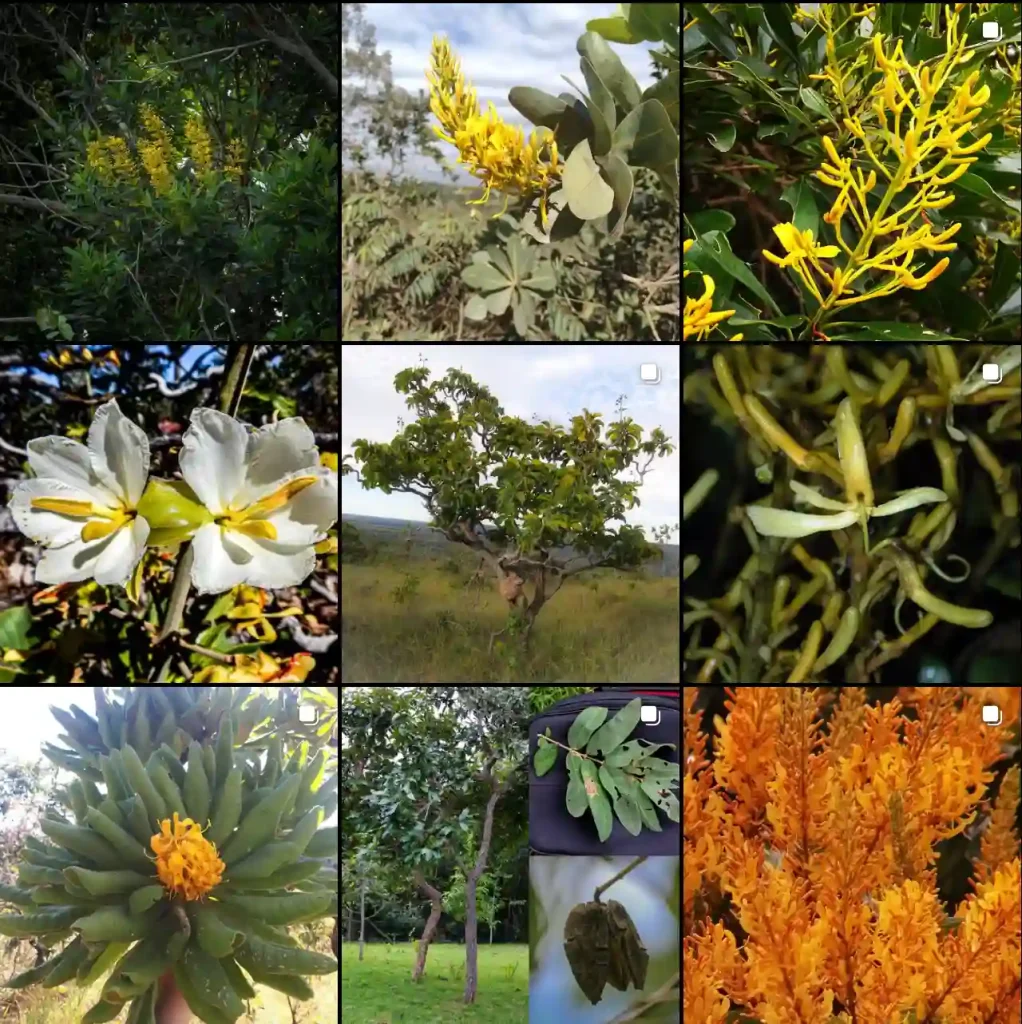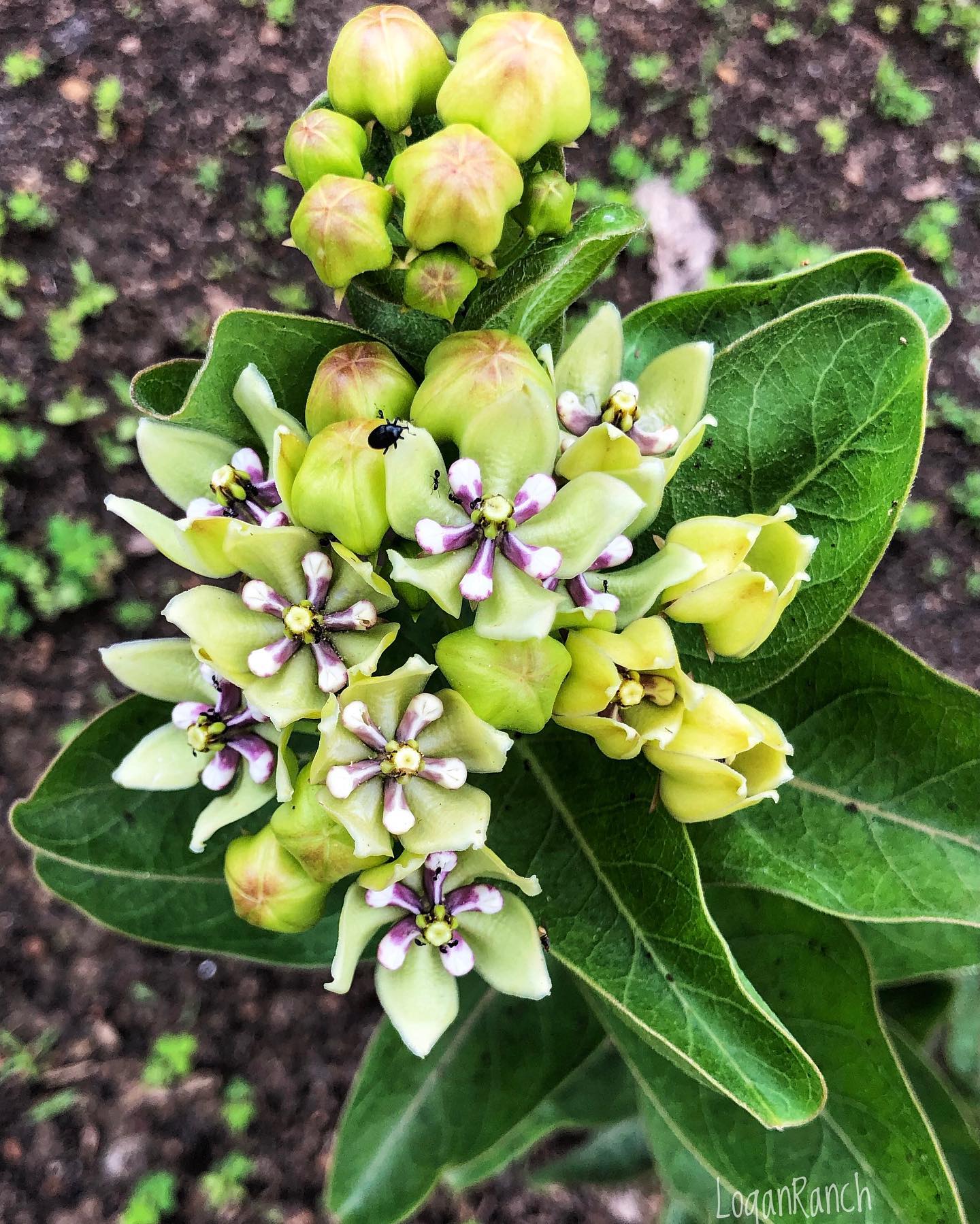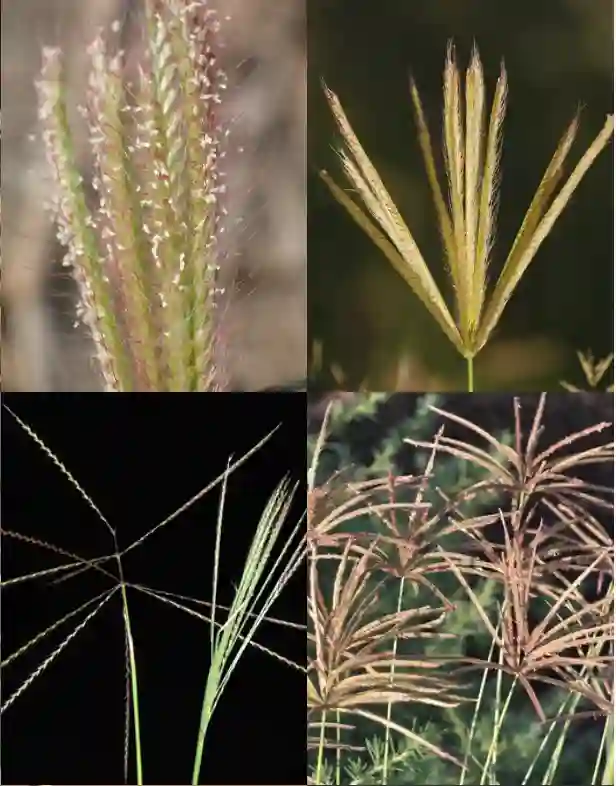Lycianthes Rantonnetii: A Showstopping Shrub with Endless Blooms
I’m Ferb Vu, and I’m obsessed with plants that deliver year-round beauty. The Lycianthes rantonnetii, also known as the Blue Potato Bush, is one such champion. This South American native has stolen my heart (and many a hummingbird’s) with its vibrant display of flowers and berries.
If you’re considering this dazzling addition to your garden, here’s a quick rundown to answer all your burning Lycianthes rantonnetii questions:
What Makes the Lycianthes Rantonnetii Special?
The Lycianthes rantonnetii is an evergreen shrub that boasts a nonstop display of lightly fragrant, purple-blue flowers. Imagine a cascade of cup-shaped blooms adorned with bright golden centers, gracing your garden throughout the warm season. But the magic doesn’t stop there. These beauties mature into showy red berries, adding a pop of color well into fall.
This low-maintenance wonder thrives in full sun and moist, well-drained soil. It can reach heights of 8-12 feet, making it a great choice for a flowering hedge or a stunning centerpiece. Additionally, the Lycianthes rantonnetii has earned the prestigious Award of Garden Merit from the Royal Horticultural Society, a testament to its exceptional qualities.
Is the Lycianthes Rantonnetii Related to Potatoes?
Despite its common name, the Lycianthes rantonnetii isn’t actually related to potatoes. It was once mistakenly classified within the nightshade family, but it belongs to the Solanaceae family. While both are flowering plants, their characteristics and uses differ significantly.
How Does the Lycianthes Rantonnetii Compare to Other Flowering Shrubs?
The Lycianthes rantonnetii offers several advantages over other flowering shrubs:
- Long Blooming Season: Unlike many shrubs that flower only for a few weeks, the Lycianthes rantonnetii puts on a show throughout the warm months.
- Vibrant Color Combination: The mesmerizing contrast of purple-blue flowers with bright red berries adds a unique charm to any garden.
- Low Maintenance: This easy-going shrub requires minimal care, making it perfect for busy gardeners.
- Attracts Pollinators: The fragrant flowers are a magnet for hummingbirds, butterflies, and bees, adding a touch of life to your outdoor space.
Here’s a quick comparison with some popular flowering shrubs:
| Feature | Lycianthes Rantonnetii | Hydrangea | Butterfly Bush |
|---|---|---|---|
| Bloom Time | Summer to Fall | Spring to Early Summer | Summer to Fall |
| Flower Color | Purple-Blue | Pink, Blue, White | Pink, Purple, Red |
| Maintenance | Low | Medium | Low |
| Attracts Pollinators | Yes | Yes | Yes |
How to plant and care for Lycianthes Rantonnetii?
Planting your Lycianthes rantonnetii is a breeze. Choose a location with full sun and well-drained soil. Amend the soil with organic matter if needed. Water your plant regularly, especially during the first growing season. Once established, it becomes more drought tolerant.
Here are some additional care tips:
- Fertilizer: Apply a balanced fertilizer once a month during the growing season.
- Pruning: Prune lightly after flowering to maintain a desired shape and encourage bushier growth.
- Pests and Diseases: Watch out for aphids and gray mold. Use organic methods like insecticidal soap or neem oil to control pests.
Is the Lycianthes Rantonnetii Toxic?
While the Lycianthes rantonnetii isn’t deadly, some parts, particularly the berries, can be mildly toxic if ingested in large quantities. It’s best to keep this plant out of reach of children and pets.
Can I Grow Lycianthes Rantonnetii in a Pot?
Absolutely! The Lycianthes rantonnetii adapts well to container life. Choose a pot with good drainage holes and a size that accommodates its mature height (around 3-4 feet wide). Use a high-quality potting mix and ensure the soil stays moist but not soggy. Place the pot in a sunny location on your balcony, patio, or even indoors near a south-facing window. Remember to adjust watering based on the pot size and drying rate of the soil.
How Do I Propagate Lycianthes Rantonnetii?
Propagating Lycianthes rantonnetii is a rewarding experience. You can achieve this through stem cuttings:
- Take Cuttings: In spring or early summer, select healthy, non-flowering stems with a few nodes. Cut them at a 45-degree angle, just below a node.
- Prepare for Rooting: Remove the lower leaves from the cutting, leaving a few at the top. Dip the cut end in a rooting hormone (optional but can improve success rate).
- Planting: Fill a pot with a well-draining potting mix and moisten it thoroughly. Make a hole in the center and insert the cutting, ensuring a node is buried.
- Nurture the Cuttings: Place the pot in a warm location with indirect sunlight. Cover the pot with a clear plastic bag to maintain humidity. Mist the soil regularly to keep it moist but not waterlogged.
- Rooting and Transplanting: After a few weeks, you should see new growth appearing. Once the roots are established, remove the plastic bag and gradually acclimate the plant to outdoor conditions. After a couple of months, your new Lycianthes rantonnetii is ready for transplanting to its permanent location.
Can I Overwinter My Lycianthes Rantonnetii?
Depending on your climate, you might need to overwinter your Lycianthes rantonnetii. Here are two approaches:
- In Ground Planting: If you live in a region with mild winters, protecting the base of the plant with mulch should suffice.
- Containerized Plant: For colder climates or container-grown plants, bring the pot indoors to a cool, well-lit location like a sunroom or basement. Water sparingly during this period. In spring, gradually reintroduce the plant to outdoor conditions.
Where Can I Buy a Lycianthes Rantonnetii?
You can find Lycianthes rantonnetii at local nurseries and garden centers. It’s also available online from reputable plant retailers. Look for healthy and established plants with vibrant foliage and no signs of pests or diseases.
Bringing the Magic of Lycianthes Rantonnetii to Your Garden
The Lycianthes rantonnetii is a true gem for any garden. With its extended bloom time, captivating colors, and ease of care, this South American wonder is sure to become a conversation starter. So, plant yours today and enjoy a season of endless floral beauty!
If i die, water my plants!



